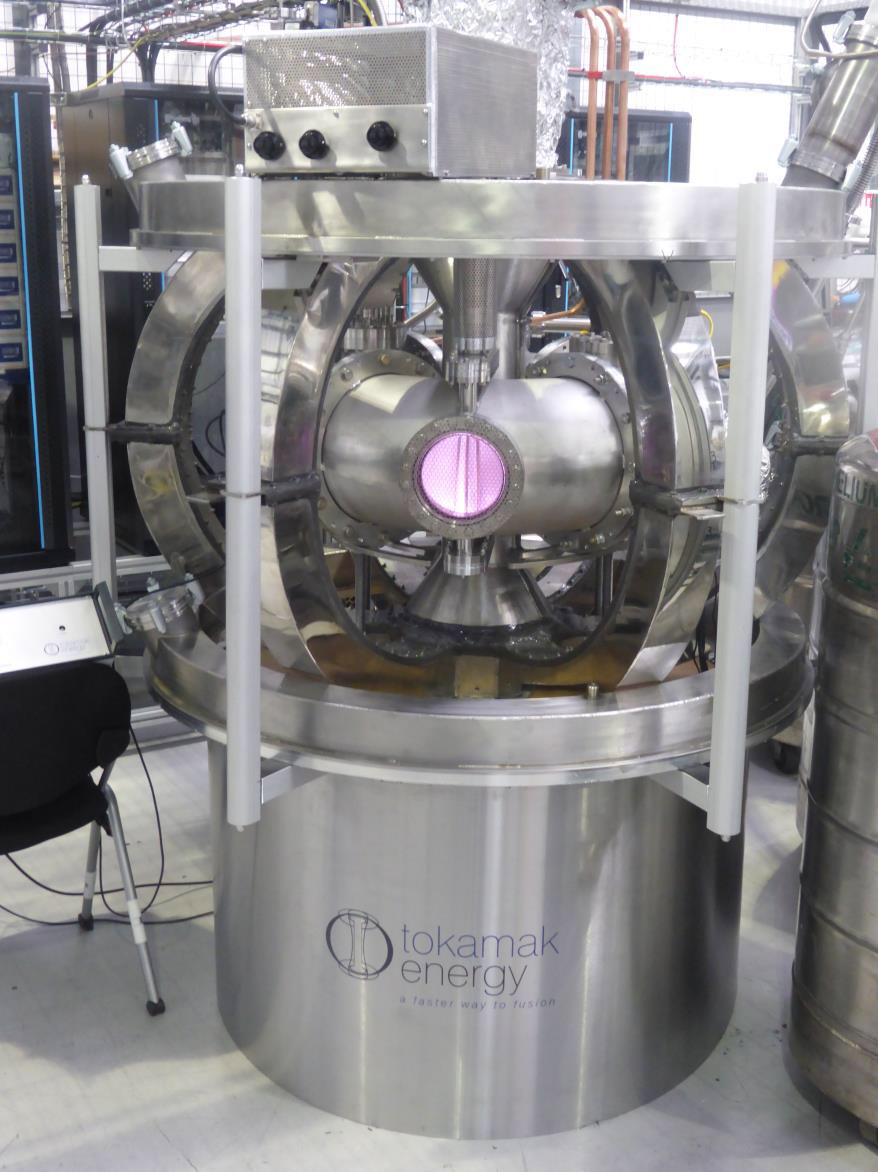Wylfa Newydd new-build project scrapped
The loosely connected plug keeping the United Kingdom’s Wylfa Newydd nuclear new-build project alive has been officially pulled.
Horizon Nuclear Power, the Hitachi subsidiary that remained involved in the project following its parent company’s pullout in September 2020, has formally withdrawn its application for a development consent order (DCO) regarding the proposed nuclear plant. (DCOs are required for large infrastructure projects in the United Kingdom to move forward.) The facility was to be sited adjacent to the decommissioned Wylfa reactors, on the island of Anglesey, off the northwest coast of Wales.
A decision on the DCO application, under review by the U.K. Planning Inspectorate since 2018, was expected by April 30, after a series of successful requests for extensions from Duncan Hawthorne, Horizon’s chief executive officer, who had cited “discussions with third parties that have expressed an interest in progressing with the development” of Wylfa Newydd.







 President Biden has appointed
President Biden has appointed


 Five former chairmen of the U.S. Nuclear Regulatory Commission—Stephen Burns, Allison Macfarlane, Nils Diaz, Richard Meserve, and Dale Klein—
Five former chairmen of the U.S. Nuclear Regulatory Commission—Stephen Burns, Allison Macfarlane, Nils Diaz, Richard Meserve, and Dale Klein—

